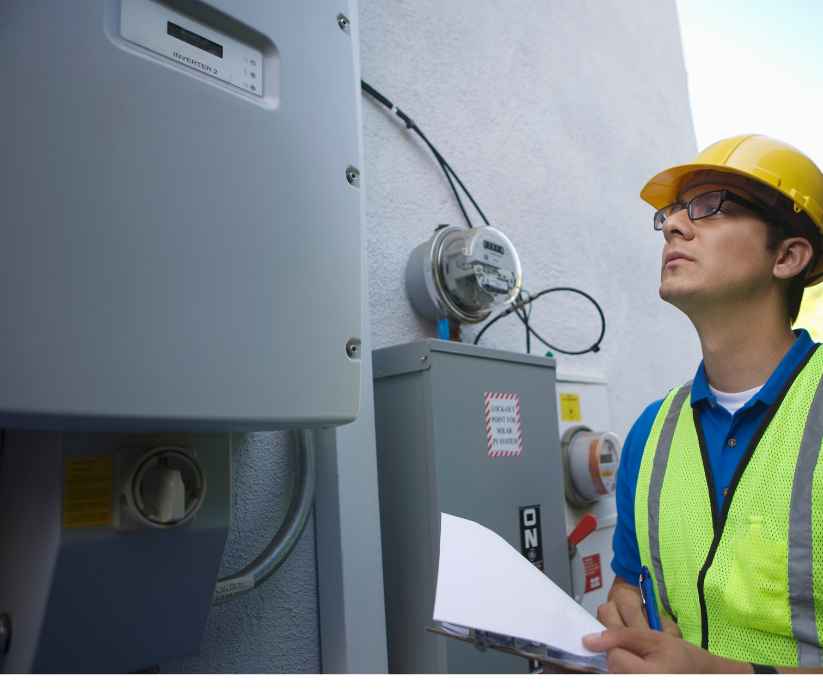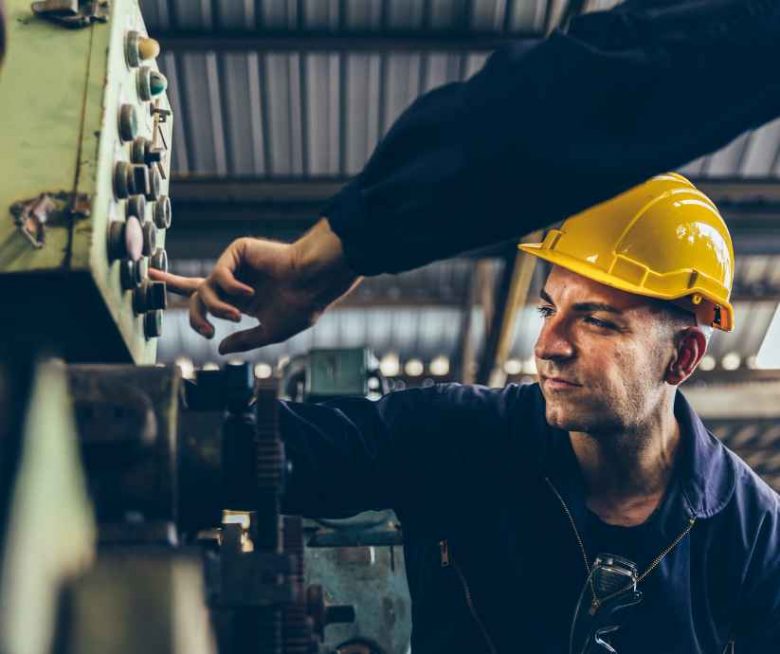Welding equipment plays a crucial role in various industries, including construction, manufacturing, and automotive. The efficiency and longevity of welding equipment largely depend on proper maintenance practices. Regular maintenance not only ensures optimal performance but also enhances safety for operators and the overall workplace. In this article, we will discuss essential tips for the maintenance of welding equipment, helping you prolong the life of your machinery and achieve consistent results.
Maintaining a clean welding environment is paramount to equipment longevity. After every welding session, ensure you clean the equipment thoroughly. Start by removing any debris, spatter, or slag from the weld surface and the surrounding area. Utilize appropriate tools like wire brushes, chipping hammers, or grinders to remove stubborn residue.

Additionally, inspect the welding equipment for any signs of damage or wear. Check cables, hoses, and connectors for frays, cracks, or loose connections. Inspect the welding gun, electrode holder, and other consumables for wear and tear, replacing them if necessary. The regular inspection ensures early detection of potential issues, preventing costly breakdowns and downtime. Refer to the manufacturer’s guidelines to determine the appropriate lubricants for different components. Common areas requiring lubrication include the wire feed mechanism, drive rolls, bearings, and pivots.
Apply lubricants according to the manufacturer’s recommendations, considering the frequency of use and operating conditions. Regular lubrication not only reduces friction and wear but also minimizes the likelihood of component failure, ensuring your equipment functions optimally for extended periods. Welding equipment, particularly large-scale units, often feature cooling systems to prevent overheating during prolonged use. To ensure these systems work efficiently, it is crucial to perform regular maintenance.
Inspect the cooling system’s hoses, fittings, and connections for any leaks, cracks, or signs of deterioration. Clean or replace the coolant regularly to remove contaminants that can impede the cooling process. Ensure the radiator or cooling fins are clean and free from dust or debris that may obstruct airflow. Maintaining an optimal cooling system enhances the lifespan of critical components, such as transformers, rectifiers, and other sensitive electrical parts. The electrical system is the backbone of welding equipment. Regular checks and maintenance of this system are vital to prevent electrical malfunctions and ensure operator safety.

Inspect power cables for signs of damage, such as frayed or exposed wires, and replace them immediately. Verify that all electrical connections, including plugs, sockets, and terminals, are secure and free from corrosion. Additionally, regularly test the grounding system to ensure its effectiveness, as a faulty grounding system can lead to electrical shocks and damage the equipment. Consider periodic electrical inspections by a qualified professional to assess the condition of the electrical system and rectify any potential issues before they escalate.
You need to calibrate and test your welding equipment regularly to get accurate and consistent welds. Calibration ensures that the equipment is functioning within the specified parameters, delivering the desired welding outcomes. Periodically check and calibrate voltage, current, and wire feed speed settings using calibrated instruments. Perform performance tests to evaluate the weld quality and adjust settings as necessary. Regular calibration and performance testing help identify deviations and ensure your welding equipment is operating optimally.

While proper maintenance practices are essential, operator knowledge and awareness are equally crucial. Ensure that all operators receive proper training on equipment operation, maintenance protocols, and safety guidelines. Familiarize them with the manufacturer’s recommendations and best practices for maintaining and troubleshooting the welding equipment. Encourage operators to report any abnormalities or issues promptly, and establish a system for regular communication and feedback. Well-informed and vigilant operators contribute significantly to the maintenance and longevity of welding equipment.
Proper maintenance of welding equipment is vital for achieving consistent weld quality, prolonging the life of the machinery, and ensuring operator safety. By following these essential tips you can optimize the performance and longevity of your welding equipment. Remember, a well-maintained welding setup not only improves efficiency but also enhances safety in the workplace, making it a worthwhile investment.



